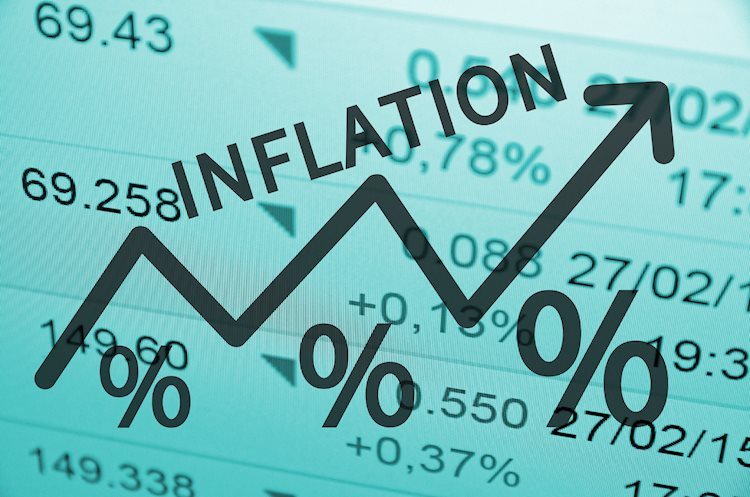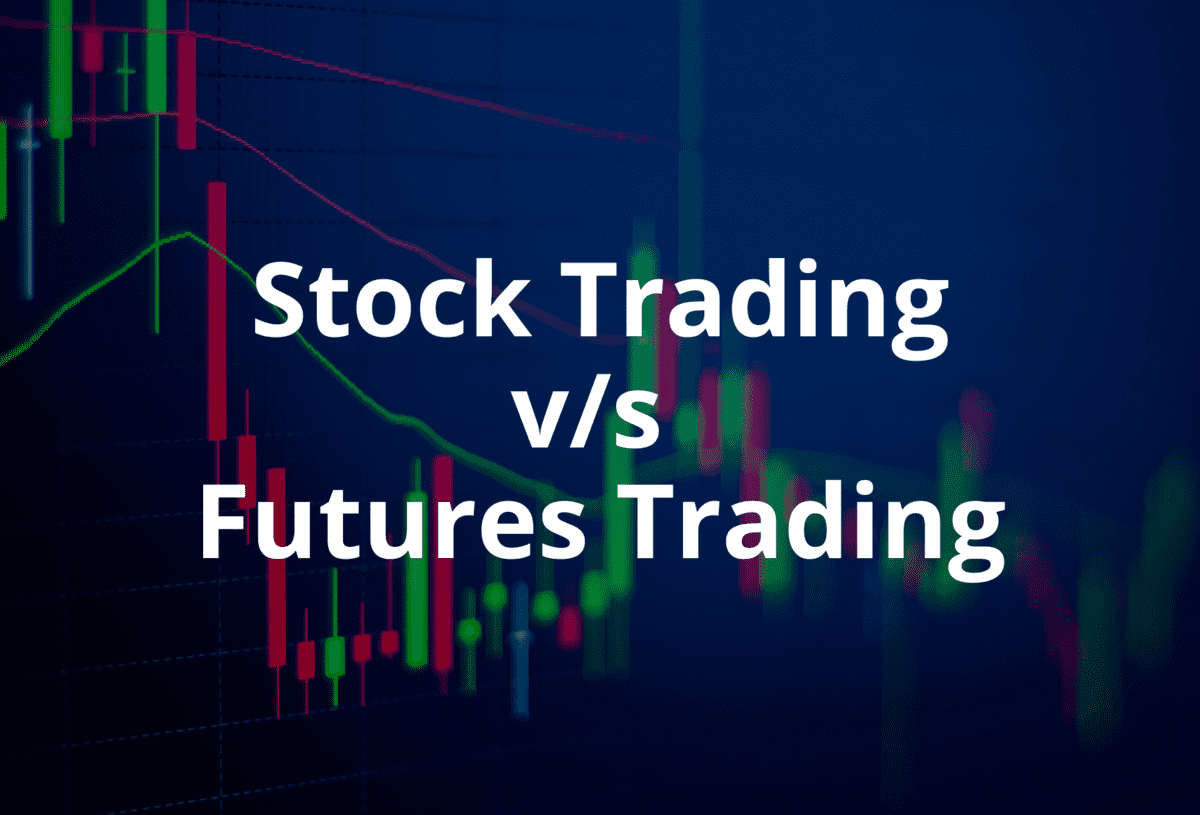
Understanding the economics and how the stock market works can often seem complex, but it becomes much clearer once you grasp the role of macroeconomic factors. These are the major economic elements that directly influence market trends and investment outcomes. Various macroeconomic factors, such as changes in inflation, shifts in interest rates, or variations in GDP, can significantly impact your investments.
In this article, we will break down these influences, providing you with the knowledge needed to make smarter, more informed investment decisions.
What are Negative Macroeconomic Factors: Their Role in Stock Analysis
Macroeconomic factors refer to the large-scale economic elements that impact the economic environment in which businesses operate. These influential fiscal, natural, or geopolitical events broadly affect a regional or national economy, including various indicators such as GDP growth rates, inflation, interest rates, unemployment figures, and many more.
Each of these macroeconomics elements can significantly influence the stock market’s performance. These factors provide context to the figures seen in financial statements and market forecasts. By examining macroeconomic factors, you can better predict which sectors and companies are poised for growth and which might face challenges.
So, how exactly do several macroeconomic factors shape stock analysis and investment strategies? Let’s take a closer look.
1. Inflation: The Price of Everything
Inflation is a critical economic indicator that refers to the rate at which the general level of prices for goods and services is rising, and, subsequently, eroding purchasing power. Think of inflation as how much more expensive your grocery bill gets over time. When prices rise, your money does not stretch as far, which is a problem not just for you, but for everyone. Inflation is a key macroeconomic factor that that impacts the national economy, influencing various macroeconomic indicators such as GDP, national income, and unemployment levels.
In the stock market, when inflation is high, it eats into how much profit companies can make and reduces what you get from your investments. This can make stocks less attractive, leading to price drops, especially in industries where prices for fixed income and are rigid, like utilities.
However, a little bit of inflation can be a good sign, showing that the economy is lively and people are willing to spend. Real estate companies, for example, might benefit from mild inflation because they can charge consumers more for rent or property values increase.

2. Interest Rates: The Cost of Borrowing
Interest rates are like the fee you pay for borrowing money, set by the central bank. When these rates are low, it is cheaper for you and businesses to borrow money, which encourages spending and investment. This can boost stock prices since companies are expanding and people are buying more.
But when rates climb, everything from your mortgage to business loans costs more, cooling down spending and investment, which can cause stock prices to fall. Additionally, higher interest rates often lead to higher mortgage rates, impacting the demand for loans and home sales.
3. GDP Growth in the National Economy
GDP growth shows how well the economy is doing overall. A strong GDP growth means businesses are doing well, people are getting jobs, and money is flowing. This boosts confidence and translates into higher stock prices, as companies earn more and stocks become more attractive. The health of the global economy also plays a crucial role in influencing national GDP growth.
But if the GDP growth is weak, it signals that the economy is in trouble, which can scare off investors. Stocks usually suffer because people expect businesses to not perform well, leading to less spending and investment.
4. Unemployment Rates
Low unemployment means most people are working and probably spending their earnings, which is great for businesses and consumers alike, therefore, good for stock prices. This is especially true for consumer-facing sectors like retail and hospitality, which thrive when people have money to spend. National income, an aggregate amount of money generated within a nation, is also positively influenced by low unemployment rates.
High unemployment, however, is a sign of economic distress. When many are out of work, spending drops, businesses suffer, and stock prices typically fall. Investors need to watch this because it shows how confident people are about the economy.
5. Fiscal and Monetary Policies: Government’s Financial Moves
Fiscal and monetary policies are like the government’s tools for managing the economy. If the government spends more or cuts taxes (fiscal policies), people have more money to spend, which can help the economy grow and lift stock prices. But if the government decides to tighten the purse strings or hike taxes, it might slow down the economy. These expansionary policies can lead to increased revenues for businesses as demand for goods and services rises.
Monetary policy involves tweaking interest rates and money supply. When the central bank makes it cheaper to borrow by lowering rates, it can spur spending and boost stocks. But if it raises rates to curb spending and control inflation, it could slow down investment and hurt stock prices.
6. Political Stability and Economic Policy – The Framework for Global Economy Growth
A strong currency makes a country’s products pricier and less attractive abroad, which can hurt exporters and pull down their stock prices. But if the currency is weak, it could boost exports by making goods cheaper on the global market, helping those companies’ stocks.
Trade policies and tariffs can also sway the stock market. For instance, if a country slaps heavy tariffs on imports, it could make imported goods more expensive, affecting companies that rely on foreign materials, which can dampen stock prices.
7. Political Stability and Economic Policy – The Framework for Growth
Moreover, political stability and economic policy are crucial macroeconomic factors. Stable governments are capable of implementing effective economic policies, which foster a favorable investment climate.
Conversely, political turmoil can lead to uncertainty in markets, discouraging investment and negatively affecting the stock market. Policies around trade, taxation, and regulation can also significantly impact market sectors differently.
8. Crude Oil’s Price
The price of crude oil can also significantly impact the stock market, as it affects the cost of production for various industries. A rise in crude oil prices can lead to increased production costs, affecting the profitability of companies and potentially leading to a downturn in the stock market.

Practical Tips for Investors
In order to engage with the stock market in an efficient manner, here are some tips:
- Stay Informed: Regularly follow releases of economic indicators like GDP reports, inflation data, and employment figures.
- Use Economic Calendars: These can help you keep track of when important indicators are released, thus anticipating market movements.
- Diversify: Since various sectors react differently to changes in macroeconomic factors, maintaining a diversified portfolio can help mitigate risks.
- Seek Professional Advice: Economic analysis can be complex. Don’t hesitate to consult with financial advisors or economic experts.
Bottom Line
By understanding how these macroeconomic factors influence the stock market, you can make more intelligent decisions. It is not just about picking stocks but understanding the broader economic currents and global markets that move them. So, keep a keen eye on all these factors, and you will be better equipped to steer your investments towards more profitable shores.










